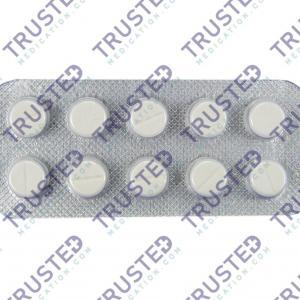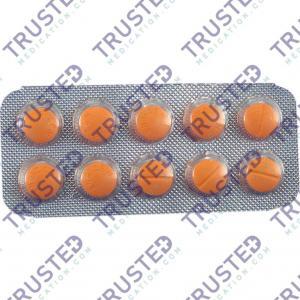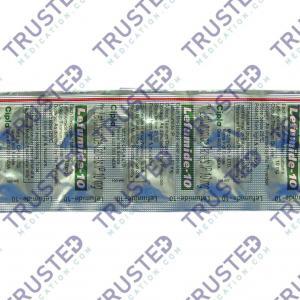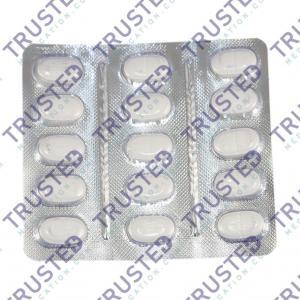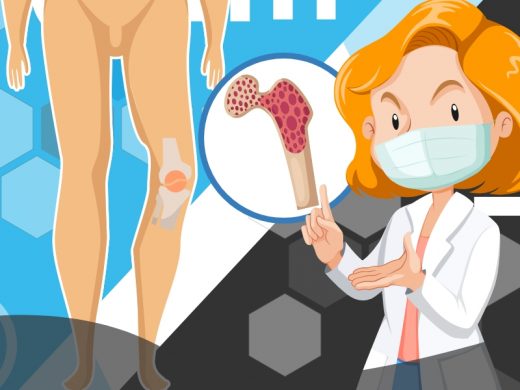
Paget’s disease interferes with the body’s normal recycling process, in which new bone tissue gradually replaces old bone tissue. Over time, bones can become fragile and misshapen. The pelvis, skull, spine, and legs are most commonly affected. Over the past several years, this disease has become less common and less severe when it does occur. It can lead to broken bones, hearing loss, or pinched nerves in the spine.
Symptoms of Paget’s Disease of Bone
Many people with Paget’s disease do not have any symptoms at all. In most patients, bone pain is the most common complaint. Other symptoms include:

- Fractures due to brittle bone
- Deformity of bone
- Bowing of the affected bone
- Advanced arthritis in joints near the affected bone.
- Compression on neighboring nerves from enlarged bones
- A loss of sensation or movement
In rare cases, Paget’s bone disease can cause cancer or Paget’s sarcoma. It causes severe and unrelenting pain in the area affected by Paget’s disease. Seek immediate help if the unrelenting pain persists. Talk to your doctor if you have:
- Pain in your bones and joints
- Tingling and weakness in an extremity
- Bone deformities
- Unexplained hearing loss in one side
What Causes Paget’s Disease of Bone?
The cause of Paget’s disease of bone is unknown. But, medical experts suspect a combination of environmental and genetic factors contribute to the disease. Several genes appear to be linked to getting the disease and may also be due to viral infections in your bone cells.
Risk Factors of Paget’s Disease of Bone

- Age and gender. Older people are most likely to develop the disease. Men are more commonly affected than are women.
- Nationality origin. The disease affects many countries settled by immigrants from Europe, such as England, Scotland, central Europe, and Greece.
- Family history. Having a relative with Paget’s disease bone increases your risk of developing the condition.
Diagnosis of Paget’s Disease of Bone
- X- rays. A bone X-ray can detect areas of bone breakdown, enlargement of the bone, and normal-looking deformities resulting from the disease, such as bowing of your long bones.
- Bone scan. In a bone scan, radioactive material is injected into your body, and they light up on the scan images.
- Lab tests. A blood test can reveal elevated levels of alkaline phosphatase in people with Paget’s disease bone.
Treatment for Paget’s Disease of Bone
If the disease is active, your doctor may recommend treatment to prevent complications, even if you don’t have symptoms. Osteoporosis drugs are the most common treatment for Paget’s disease of bone. You can have:

